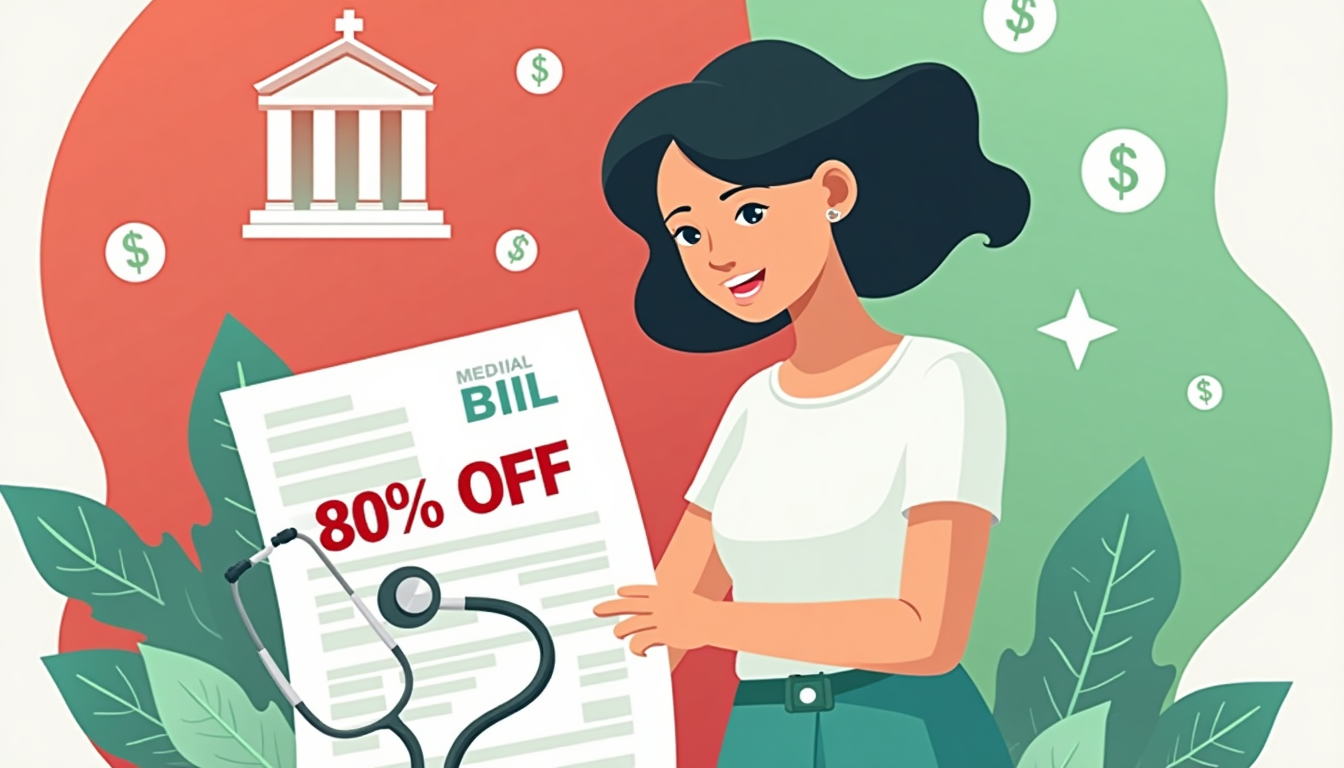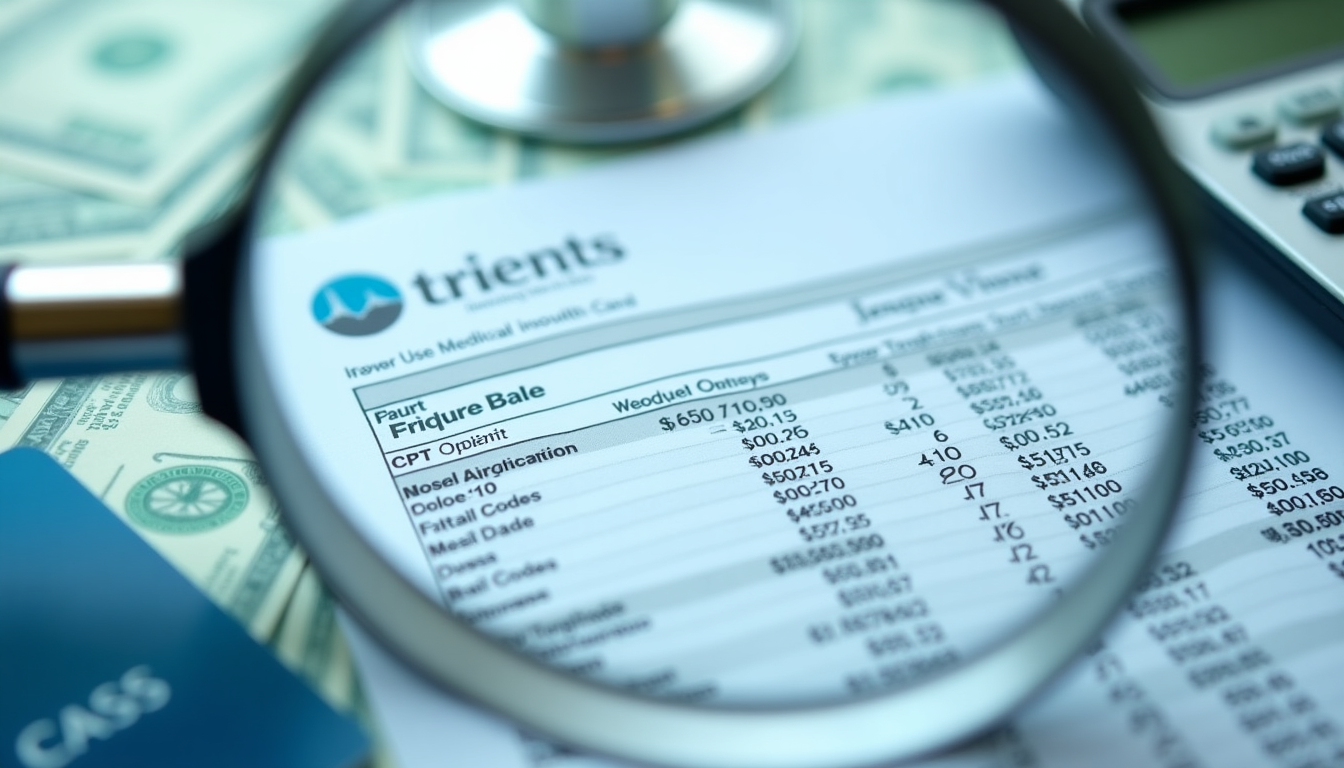7 Proven Ways to Access Affordable Healthcare Without Insurance
By Jasmine Washington, Patient Advocate & Healthcare Navigator
Introduction: Your Health Matters—Options Exist
When Maria*, a single mother of two in rural Georgia, came to me with an eight-month cough, she feared medical bills more than her symptoms. After collapsing at work, she faced advanced pneumonia requiring hospitalization. Her story mirrors 26.2 million uninsured Americans [1] and the 40% of U.S. adults with medical debt averaging $729 [2].
But here’s what every patient should know: Quality healthcare is achievable without insurance. As a 12-year healthcare navigator, I’ve helped countless patients access care through overlooked programs. This guide shares practical strategies to protect your health and finances.
1. Hospital Charity Care: Your First Financial Lifeline
How Charity Care Works
U.S. hospitals provided $745 billion in uncompensated care since 2000 [3], yet many eligible patients never apply. Key benefits include:
- 100% cost coverage for households ≤200% Federal Poverty Level ($30,000 family of 4)
- Sliding-scale discounts up to 400% FPL ($78,000 family of 4) [4]
Maria’s Outcome: 90% debt forgiveness after submitting pay stubs and a hardship letter.
3-Step Application Process:
- Request the “Financial Assistance Policy” from hospital billing departments
- Provide income proof (pay stubs, tax returns)
- Appeal denials—many hospitals approve revised applications
Tip: Nonprofit hospitals must offer charity care for tax exemption. Verify eligibility via CMS Hospital Compare.
2. Sliding-Scale Clinics: Affordable Primary Care Near You
Serving 29 Million Patients Annually
Community Health Centers (CHCs) provide:
- $20-$100 primary care visits
- Dental/mental health services at 60% below market rates [5]
- Prescription discounts via 340B Drug Pricing Program
Success Story: James, an uninsured Texas contractor, paid $25/session for post-injury physical therapy.
Find Local Options:
- Use HRSA’s Health Center Locator
- Ask clinics: “Do you offer income-based sliding fees?”
3. Master Medical Bill Negotiation
Why Direct Talks Save Money
Only 3% use state insurance advocates, yet 53% reduce bills through self-negotiation [6].
Effective Script:
“I’m uninsured and paying out-of-pocket. Can we discuss:
- A 40-60% cash discount?
- Interest-free payment plans?
- Itemized cost estimates before treatment?”
Result: One diabetic patient lowered a $1,200 MRI bill to $400 with upfront cash.
4. Telehealth: Cut Costs Without Leaving Home
Rural ER Visits Drop 23% With Virtual Care [7]
Platforms like Teladoc offer:
- $25-$45 urgent care visits
- $0 prescription coupons
- Mental health sessions at $85 (vs. $200+ in-person)
Best Uses:
- Prescription refills
- Rash evaluation
- Anxiety/depression support
5. Prescription Assistance Programs
Slash Medication Costs by 80% [8]
- GoodRx Gold: $9.99/month for insulin at $95/vial (vs. $340 retail)
- Pharmaceutical PAPs: Free medications from 98% of drugmakers
- Mark Cuban’s CostPlus Drugs: Generic metformin for $3.90/month
Resource: HHS’s Medicine Assistance Tool for 15,000+ programs.
6. Know Your Hospital Financial Rights
ACA Protections You Can Use
Nonprofit hospitals must provide:
- Free care for ≤200% FPL
- Discounted care for ≤400% FPL ($54,360 individual) [4]
Avoid Pitfalls:
- Apply within 240 days of billing
- Report all income (child support/SNAP benefits included)
- Request interpreters if needed
7. Medical Bill Advocates: Your Financial Allies
How Experts Reduce Debt
Only 3% use advocates, yet they:
- Find billing errors in 80% of cases [9]
- Negotiate 30-50% bill reductions
- Streamline charity applications
Carlos’ Win: $23,000 ER bill reduced to $2,300 through duplicate charge disputes.
Conclusion: Take Control of Your Healthcare Journey
Facing medical costs without insurance is daunting, but actionable solutions exist. Remember:
- Ask about financial aid at every appointment
- Negotiate bills before payment
- Partner with advocates when overwhelmed
At LowMedBill.com, we’ve erased $14 million in medical debt using these strategies. Your health deserves protection—and now you have the tools.
“Systems change when patients know their power.” – Jasmine Washington
References
[1] Kaiser Family Foundation. (2023). Health Insurance Coverage of the Total Population. kff.org
[2] Consumer Financial Protection Bureau. (2022). Medical Debt Burden in the United States. consumerfinance.gov
[3] American Hospital Association. (2021). Uncompensated Hospital Care Cost Fact Sheet. aha.org
[4] Centers for Medicare & Medicaid Services. (2023). Hospital Charity Care Policies. cms.gov
[5] Health Resources & Services Administration. (2023). Community Health Center Fact Sheet. hrsa.gov
[6] JAMA Internal Medicine. (2021). Patient Negotiation of Medical Bills. jamanetwork.com
[7] CDC. (2022). Telehealth Impact on Rural Emergency Visits. cdc.gov
[8] HHS. (2023). Prescription Drug Affordability Programs. hhs.gov
[9] AHRQ. (2020). Medical Billing Errors Report. ahrq.gov




